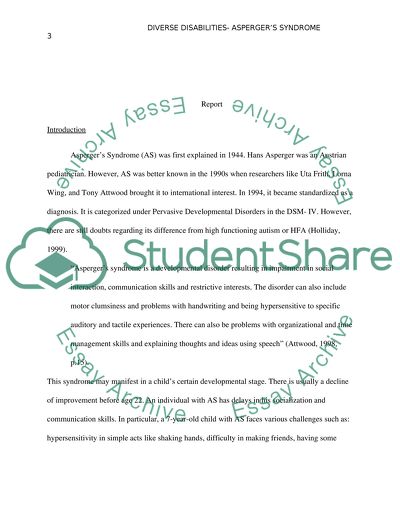Cite this document
(“Diverse Abilities - Asperger's syndrome Research Paper”, n.d.)
Retrieved from https://studentshare.org/education/1396811-diverse-abilities-asperger-s-syndrome
Retrieved from https://studentshare.org/education/1396811-diverse-abilities-asperger-s-syndrome
(Diverse Abilities - Asperger'S Syndrome Research Paper)
https://studentshare.org/education/1396811-diverse-abilities-asperger-s-syndrome.
https://studentshare.org/education/1396811-diverse-abilities-asperger-s-syndrome.
“Diverse Abilities - Asperger'S Syndrome Research Paper”, n.d. https://studentshare.org/education/1396811-diverse-abilities-asperger-s-syndrome.


